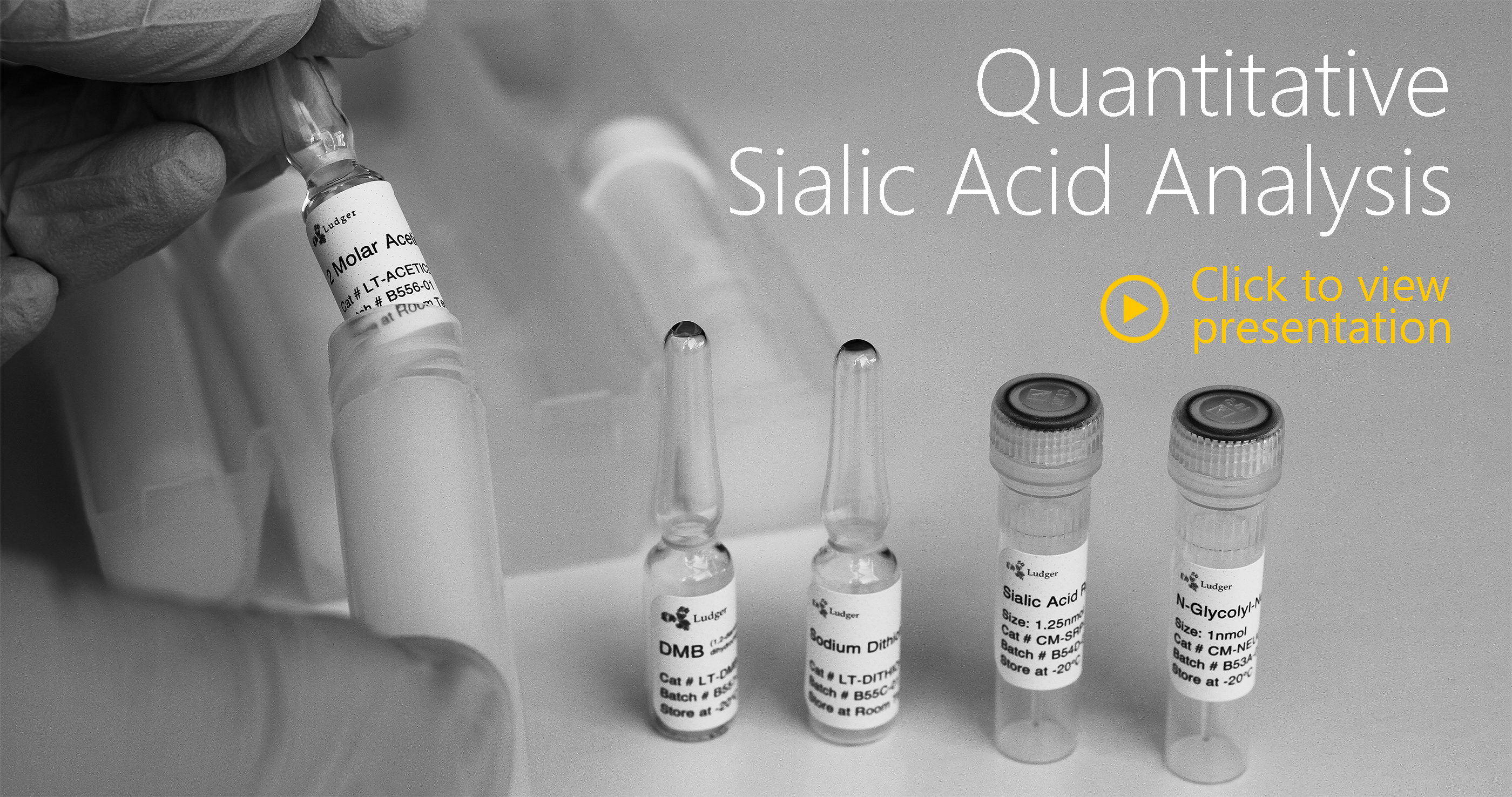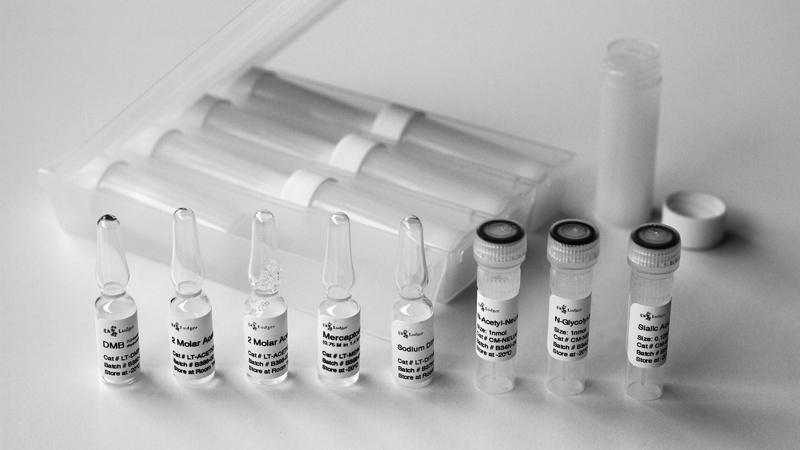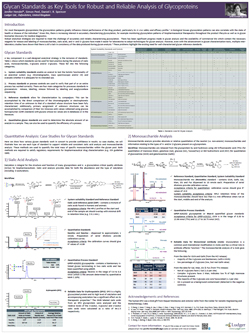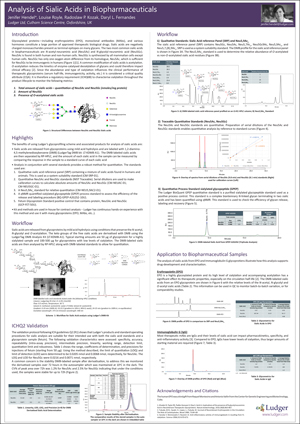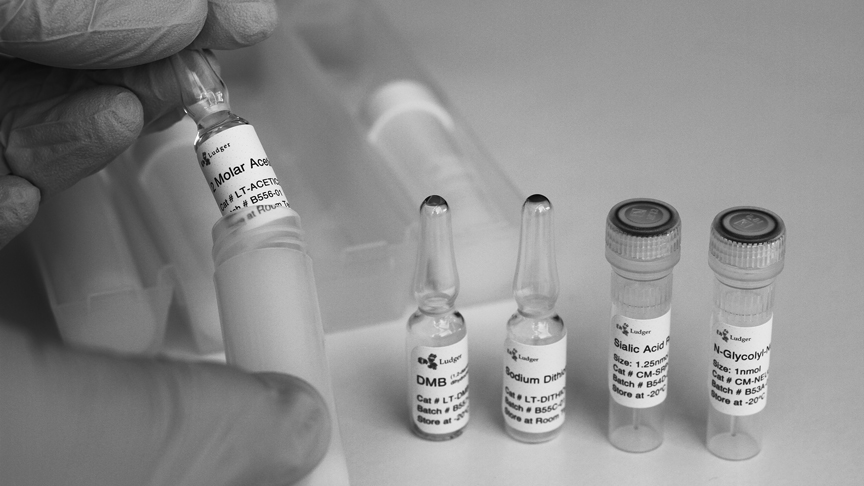Quantitative Sialic Acid Release and DMB Labeling Kit
Sialic acid analysis workflow designed to satisfy the regulatory requirements for biopharmaceutical sialic acid content analysis to specify the following:
- Overall degree of drug sialylation - absolute quantitation of sialic acid residues per molecule (nmol/mg protein)
- Relative quantities of Neu5Ac:Neu5Gc
- Identification and relative percentage of O-acetylated sialic acids
-
Presentation: Quantitative Sialic Acid Analysis
(or click here to view Mandarin version) -
Application Note: Quantitative Sialic Acid Analysis
(or click here to view Mandarin version) -
Product Guide: LT-KDMB-A1
(or click here to view Mandarin version)
